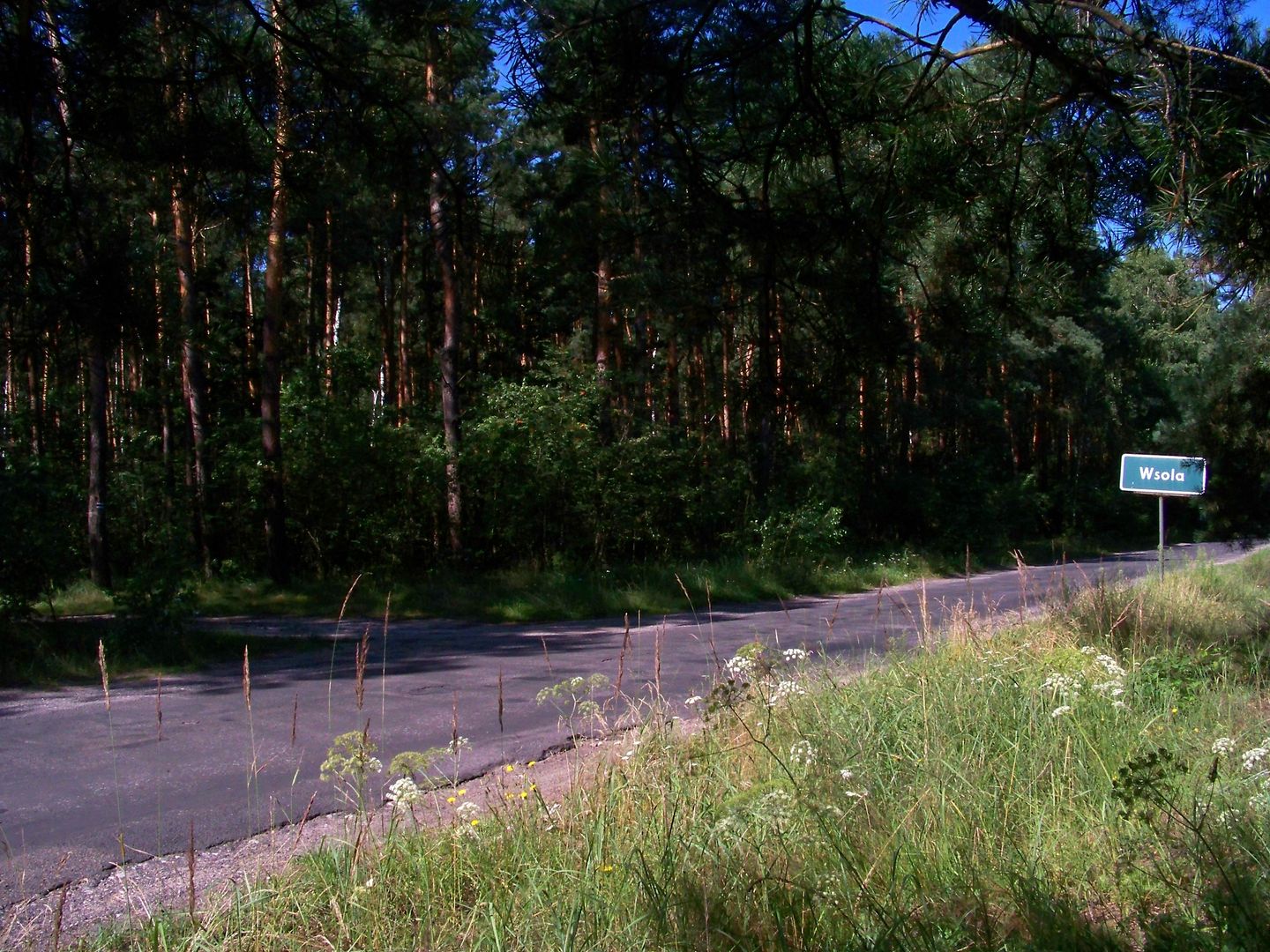Warsaw
6.02

Overview
Wsola is a village located in the Masovian Voivodeship, in the Radom County, 5 km from Radom and 85 km from Warsaw. Known for its rich history, Wsola was once a noble residence and an important place for the local community. The name of the village derives from the Old Polish term referring to cattle lice or a pauper. In 1440, there was a church dedicated to St. Bartholomew here, and the village was a foundation of the Śliz family of the Abdank coat of arms, who also owned the nearby Piastów. In the 17th century, Krzysztof Siemieński built a brick church on the site of the former wooden one. In the 18th century, Wsola passed into the hands of the Sołtyk family, and its owner was the Bishop of Kraków, Kajetan Ignacy Sołtyk. In the 19th century, the estate was transferred to the Grobicki and Gombrowicz families. The Gombrowicz Palace, designed by August Furuhjelm, became an important highlight of the locality. In the 20th century, it became a place where Witold Gombrowicz stayed, which contributed to the literary work of the author of "Ferdydurke". Today, the palace is being converted into a museum dedicated to the writer. Wsola also features a Neo-Romanesque church of St. Bartholomew, built between 1918 and 1930, which impresses with its architecture and Baroque interior decor. The village also has natural significance; nearby lies the forest preserve "Wsola" and the Duży Ług peat bog. Hiking trails are organized in the valley, attracting lovers of walking and cycling trips. Education in Wsola is supported by the Witold Gombrowicz Public School Complex, which emphasizes the village's connection to literature. It is also interesting that in 2004, streets in the village were named. Wsola, with its unique history, architecture, and cultural significance, is an interesting place on the map of Poland.
Location
2025 Wizytor | All Rights Reserved